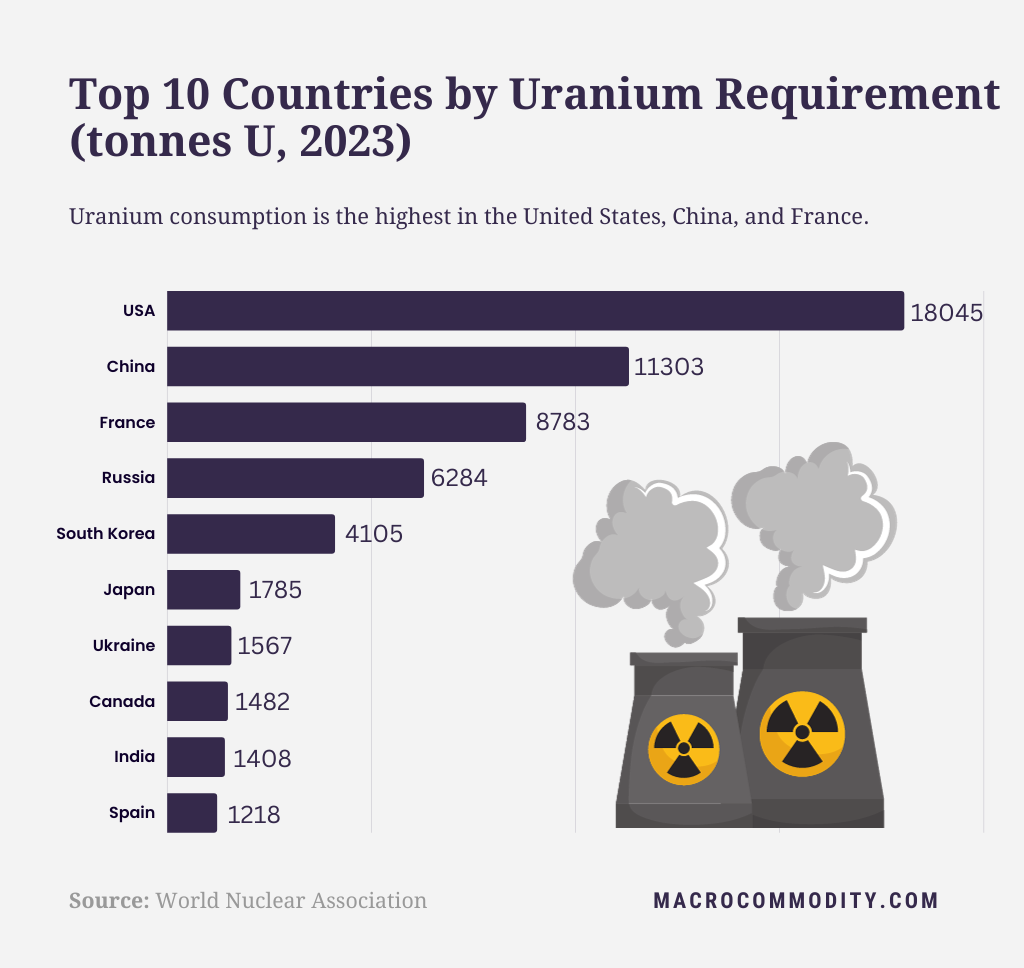How the Stripping Ratio Influences Commodity Investments
What is the Stripping Ratio?
In its simplest form, the stripping ratio represents the balance between the amount of waste material that must be removed to access a specific quantity of ore. It’s expressed as a ratio, where the numerator is the volume of overburden (or waste material) and the denominator is the amount of ore extracted.
For example, if a mining operation has to remove 10 cubic meters of overburden to access 1 cubic meter of ore, the stripping ratio is 10:1.
Why is it Important?
- Cost Implications: The higher the stripping ratio, the more waste material needs to be moved, which translates to higher operational costs. If the costs of removing the overburden outweigh the value of the ore extracted, the mine might not be economically viable.
- Operational Efficiency: A lower stripping ratio indicates that a mine can access the valuable ore with less effort. This can be a sign of operational efficiency and could lead to higher profit margins.
- Environmental and Social Impact: Mining operations with high stripping ratios might result in larger open pits or deeper underground mines. This can have significant environmental and social implications, from land degradation to displacement of local communities.
How Does it Impact Commodity Investors?
For commodity investors, the stripping ratio can be a crucial metric to consider:
- Project Viability: Before investing in a mining company or project, understanding the stripping ratio can give insights into the project’s long-term viability. A project with a prohibitively high stripping ratio might face challenges in the future.
- Comparative Analysis: When comparing multiple mining companies or projects, the stripping ratio can serve as a standard metric to gauge operational efficiency.
- Forecasting: If a mine currently has a low stripping ratio but projections indicate it will increase in the future, it might mean that the easily accessible ore is depleting. This can impact future profitability and production rates.

